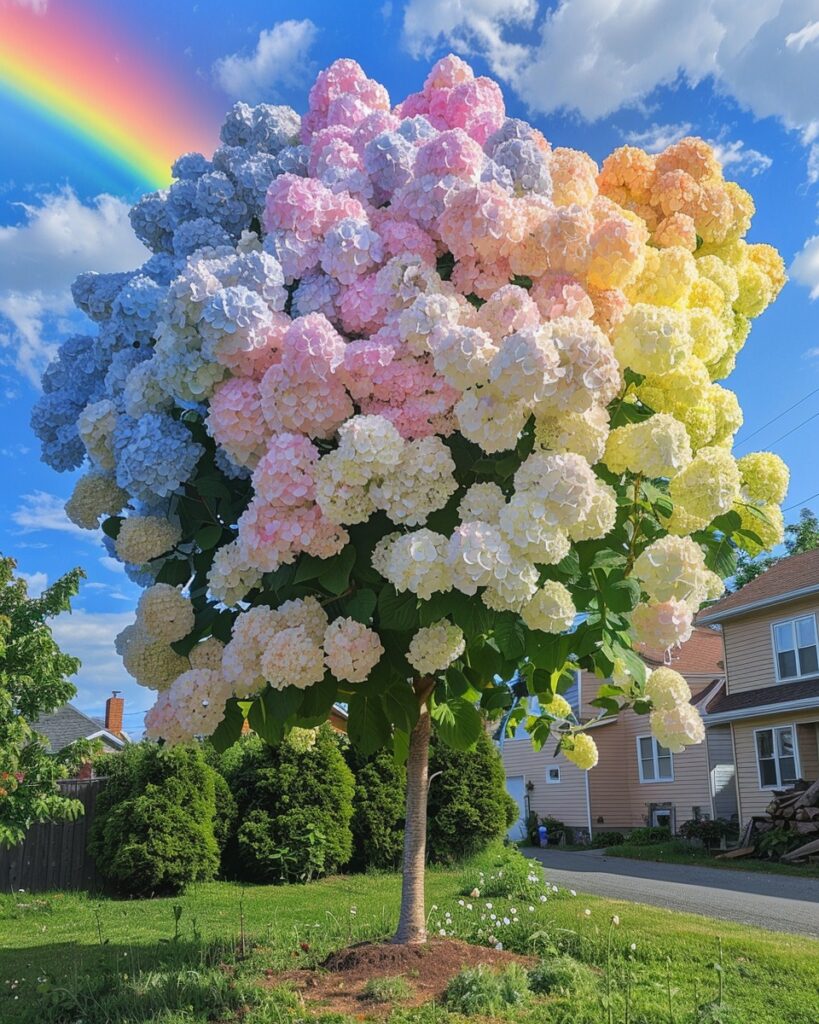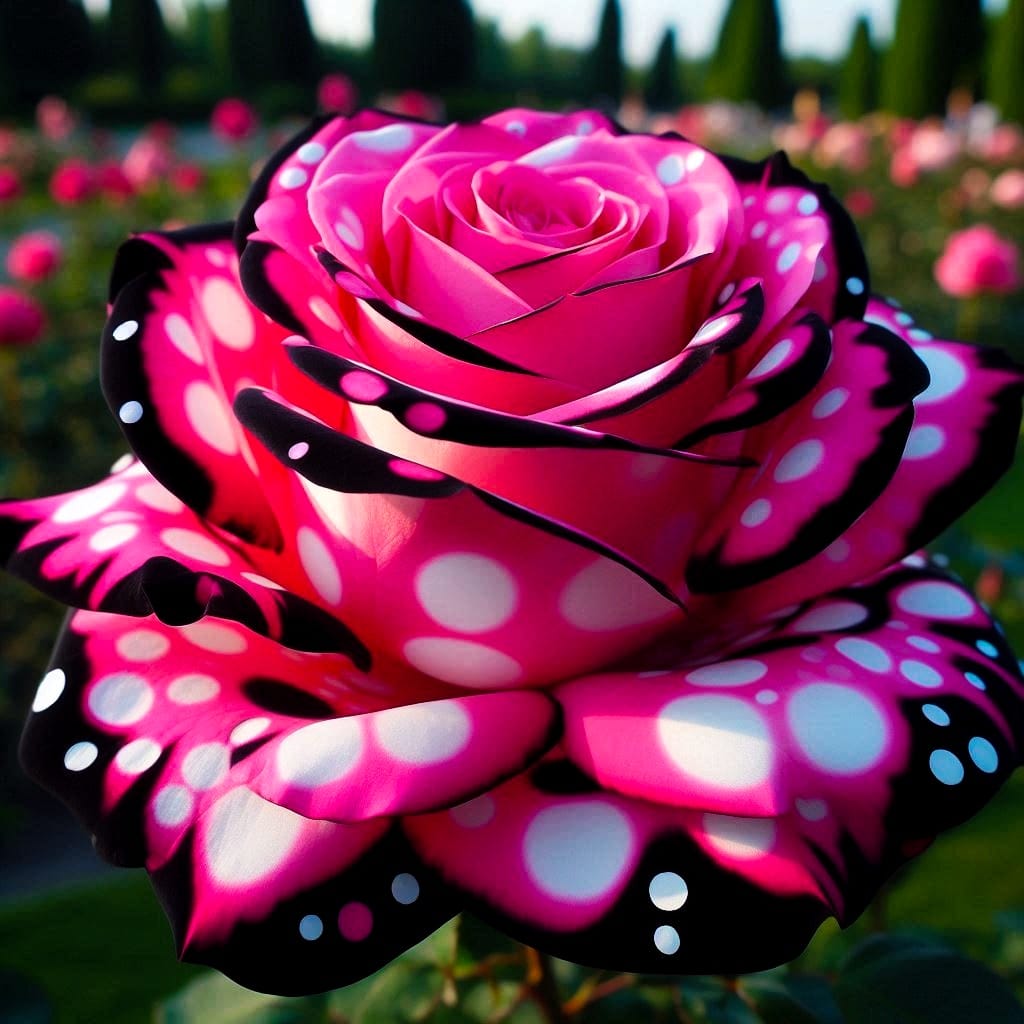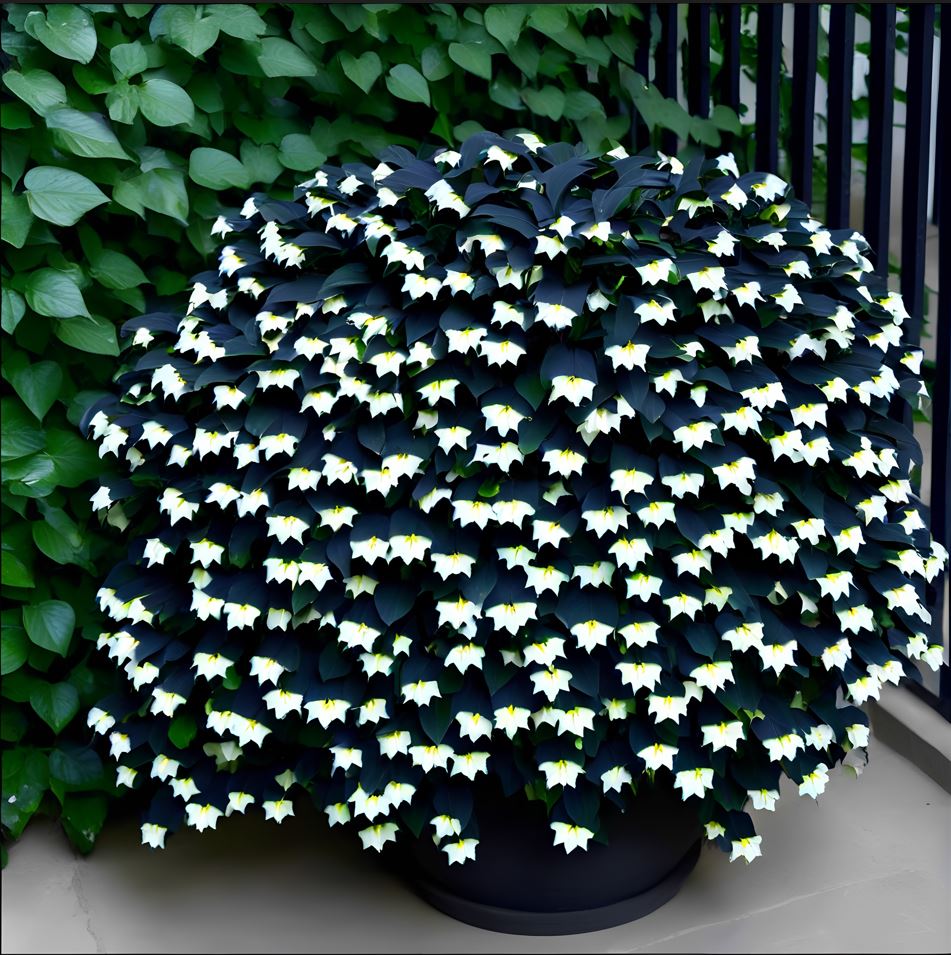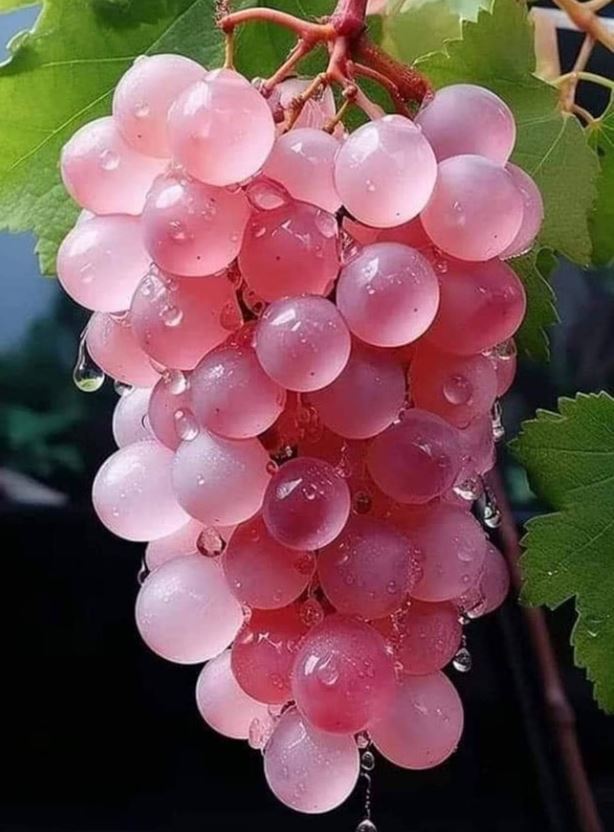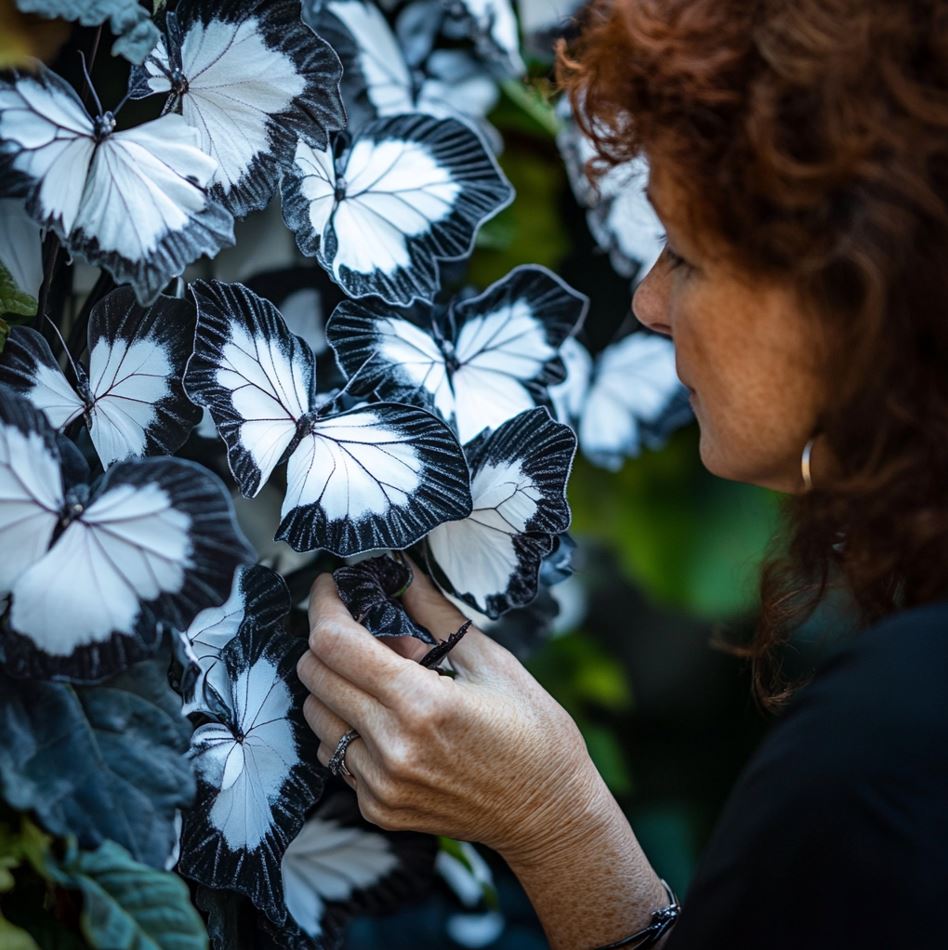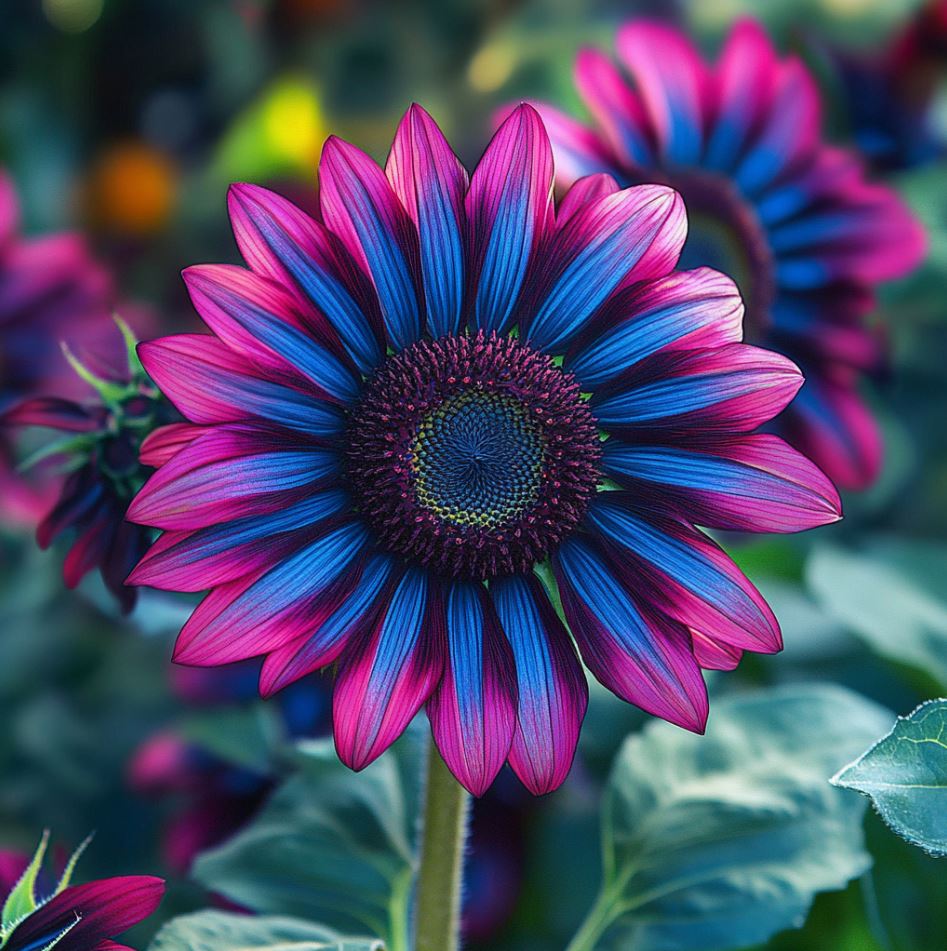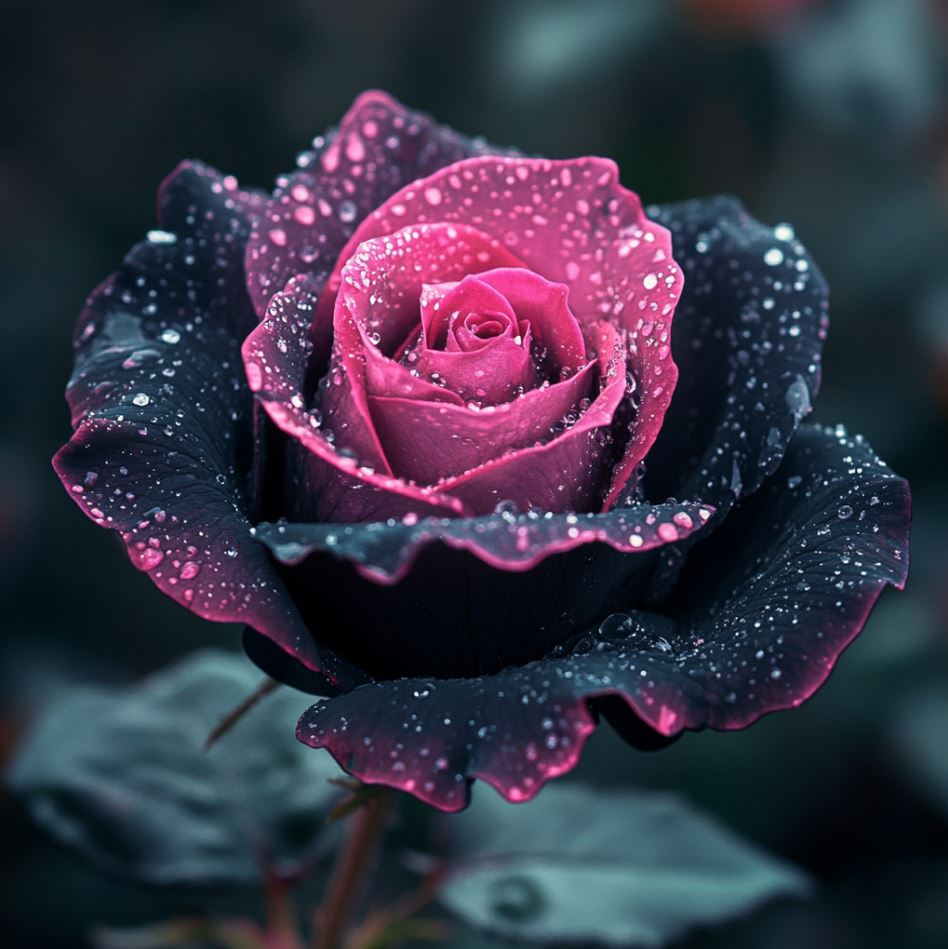Hydrangeas are truly mesmerizing plants that can transform any garden into a breathtaking spectacle. These gorgeous flowering shrubs offer a diverse array of species and hybrids, each with their unique charms and growing requirements. Mastering the art of cultivating hydrangeas is not merely about following a set of instructions; it’s a journey of forging a relationship with nature, where every bloom tells a story of care, patience, and artistic expression.
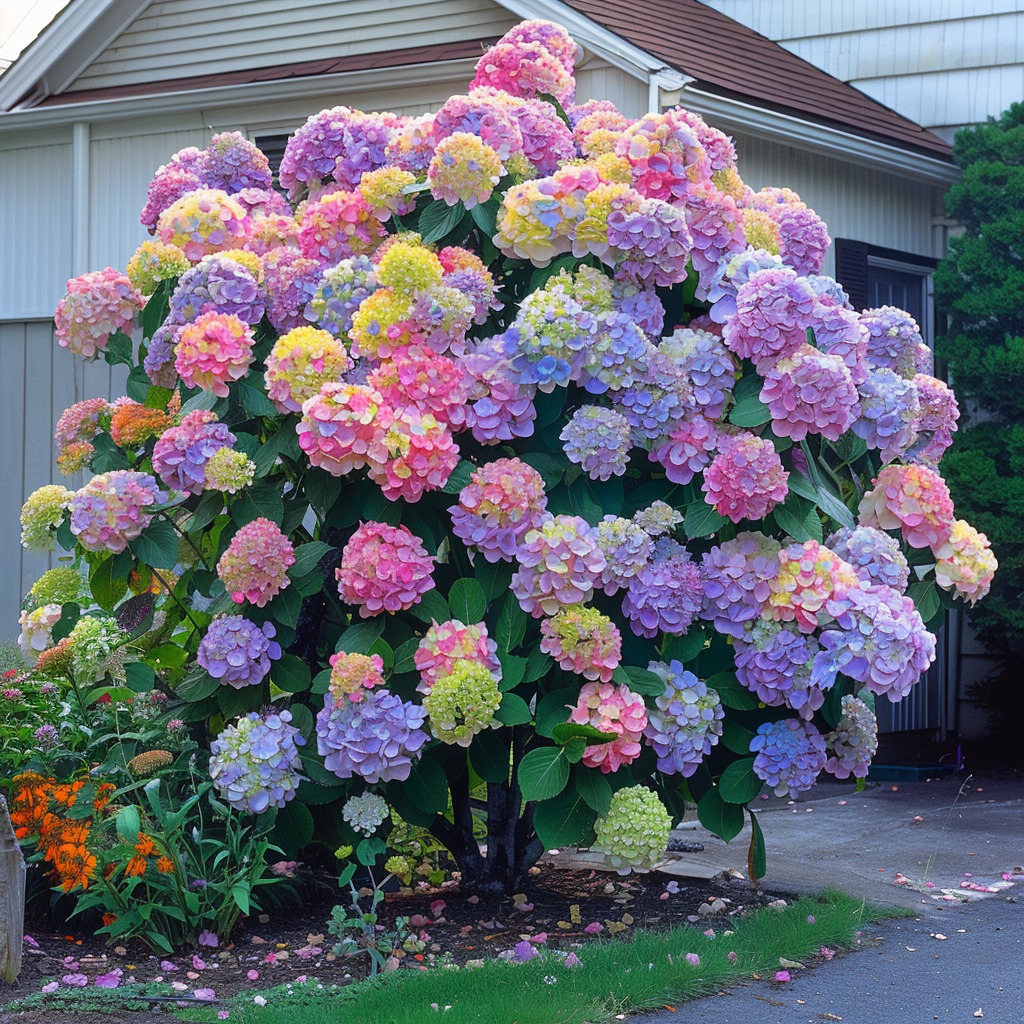
Choosing the Right Variety: Unlocking the Potential of Your Garden
Hydrangeas come in a variety of captivating forms, each with their own distinct characteristics and preferences. Understanding the nuances of these different types is the first step in creating a thriving hydrangea garden.
Hydrangea Macrophylla: The Chameleon of the Garden
Hydrangea macrophylla, commonly known as the bigleaf or mophead hydrangea, is renowned for its large, showy blooms that can range from vibrant pink to deep blue, depending on the soil’s pH level. These versatile plants thrive in partially shaded areas, making them an excellent choice for creating a lush, woodland-inspired atmosphere.
Imagine a corner of your garden transformed into a living canvas, where the hues of the hydrangeas seem to shift and dance with the changing seasons. The ability to manipulate the bloom color through soil amendments adds a touch of alchemical wonder, allowing you to tailor your garden’s palette to your personal preferences.
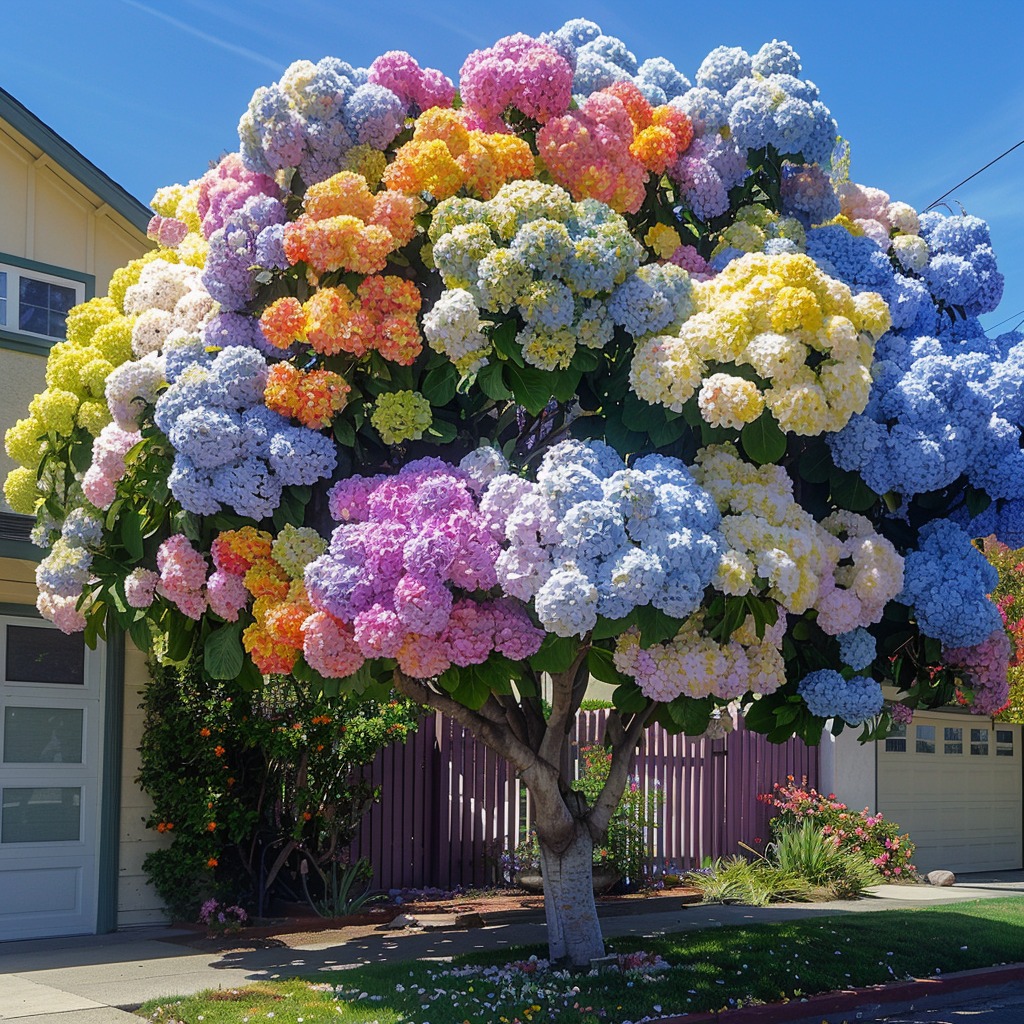
Hydrangea Paniculata: A Sculptural Delight
In contrast, Hydrangea paniculata, or the panicle hydrangea, boasts conical flower clusters that range from delicate white to a bold, rosy pink. These architectural beauties flourish in full sun, making them a captivating choice for creating focal points or lining sunny borders.
Visualize a garden path adorned with the elegant, upright stems of Hydrangea paniculata, their blooms cascading like delicate sculptures against a backdrop of lush foliage. The interplay of light and shadow on these sculptural flowers can transform your outdoor sanctuary into a living work of art.
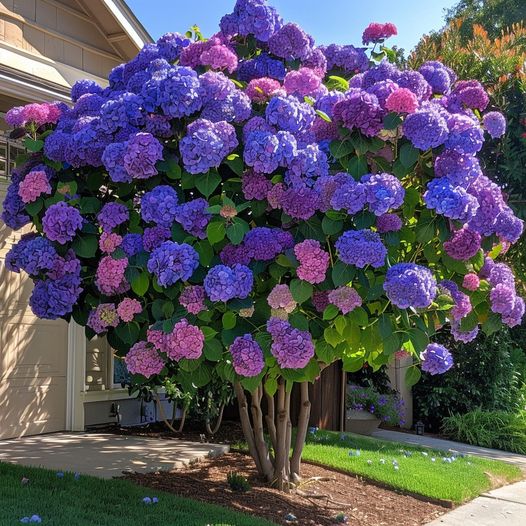
Hydrangea Arborescens: A Classic Charm
The Hydrangea arborescens, or the Annabelle hydrangea, is a beloved classic, known for its voluptuous, spherical flower heads that burst forth in a pristine white. These hardy plants thrive in partial shade, making them an excellent option for creating a sense of tranquility and serenity in shaded nooks of your garden.
By understanding the unique characteristics and preferences of these diverse hydrangea types, you can create a harmonious and visually captivating garden that reflects your personal style and the unique qualities of your outdoor space.
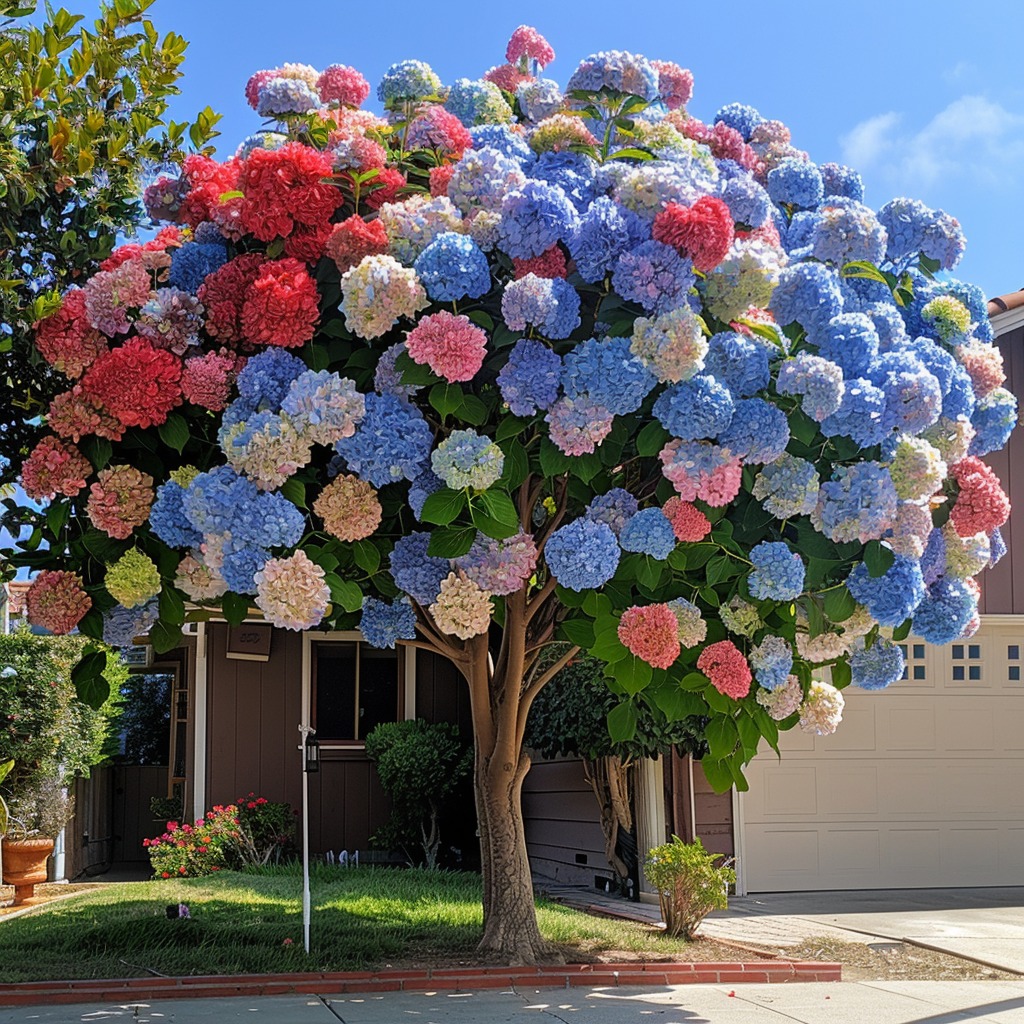
Planting for Success: Timing and Technique
Proper planting techniques are crucial for ensuring the long-term health and vibrant growth of your hydrangeas. From the ideal timing to the art of positioning, each step plays a vital role in establishing a strong foundation for these magnificent plants.
Alternatively, planting in the fall can be equally rewarding, as the plants can focus their energy on root development before going dormant for the winter. This head start ensures a vigorous and vibrant display of blooms the following year, allowing you to bask in the glory of your gardening efforts.
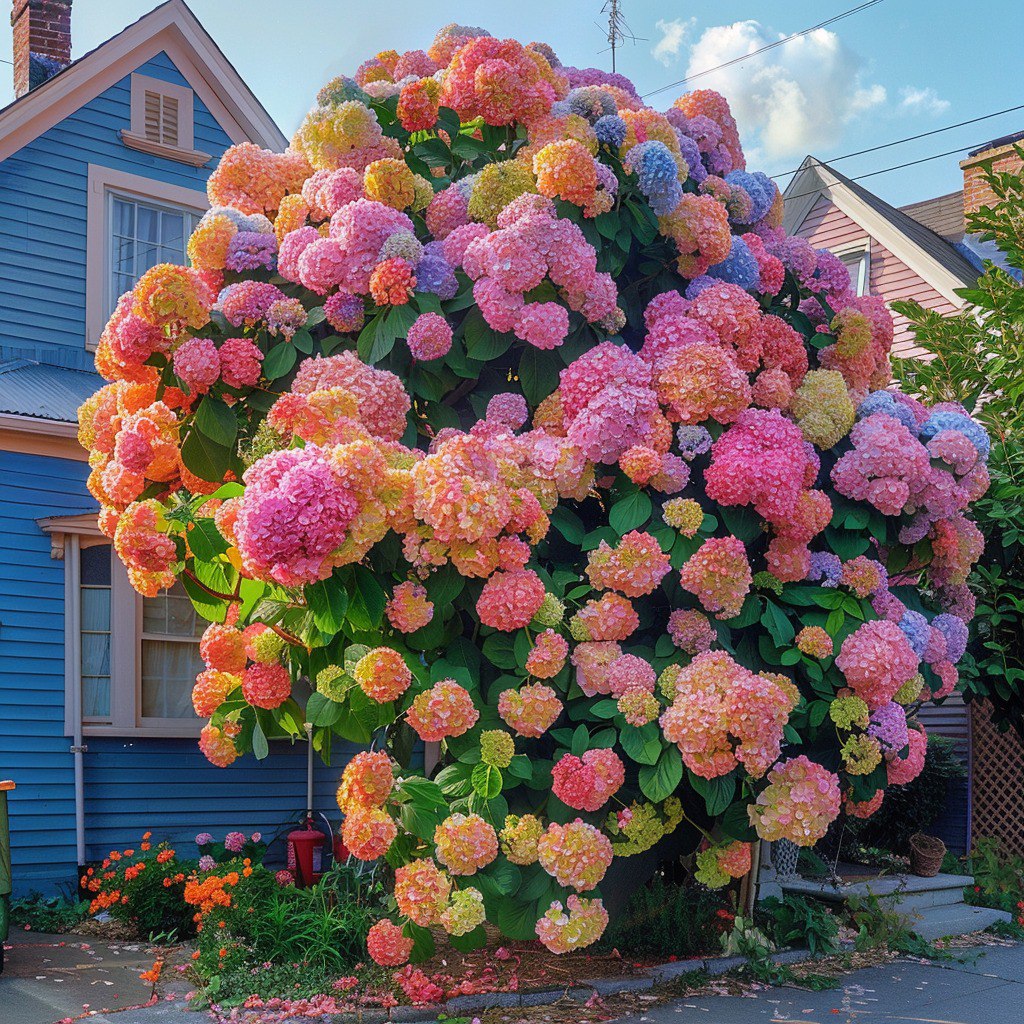
By meticulously planning the timing and technique of your hydrangea planting, you lay the foundation for a thriving and visually captivating garden that will delight you for years to come.
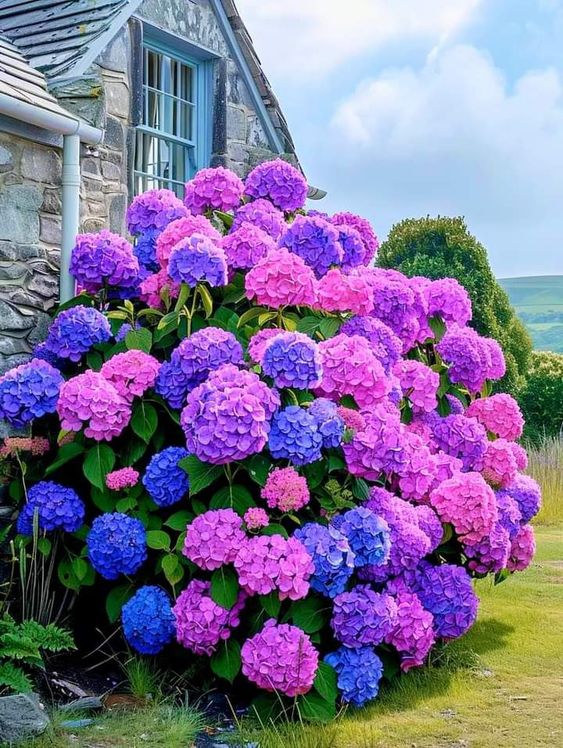
Soil Matters: The Foundation of Healthy Growth
Hydrangeas thrive in well-drained, nutrient-rich soils that are high in organic matter. Imagine your hydrangeas as delicate guests in your garden, and you are the gracious host, providing the optimal conditions for their comfort and nourishment.
Begin by amending your soil with compost or well-rotted manure, creating a lush, fertile foundation that will support the plants’ roots. This infusion of organic matter not only improves drainage but also introduces a wealth of essential nutrients that the hydrangeas can readily absorb.
Interestingly, the pH level of the soil can also influence the color of the blooms, particularly in Hydrangea macrophylla. Acidic soils result in beautiful blue hues, while alkaline conditions yield vibrant pinks. This fascinating interplay between the earth and the plant allows you to unleash your inner artist, turning your garden into a living canvas of colors that you can curate to your liking.
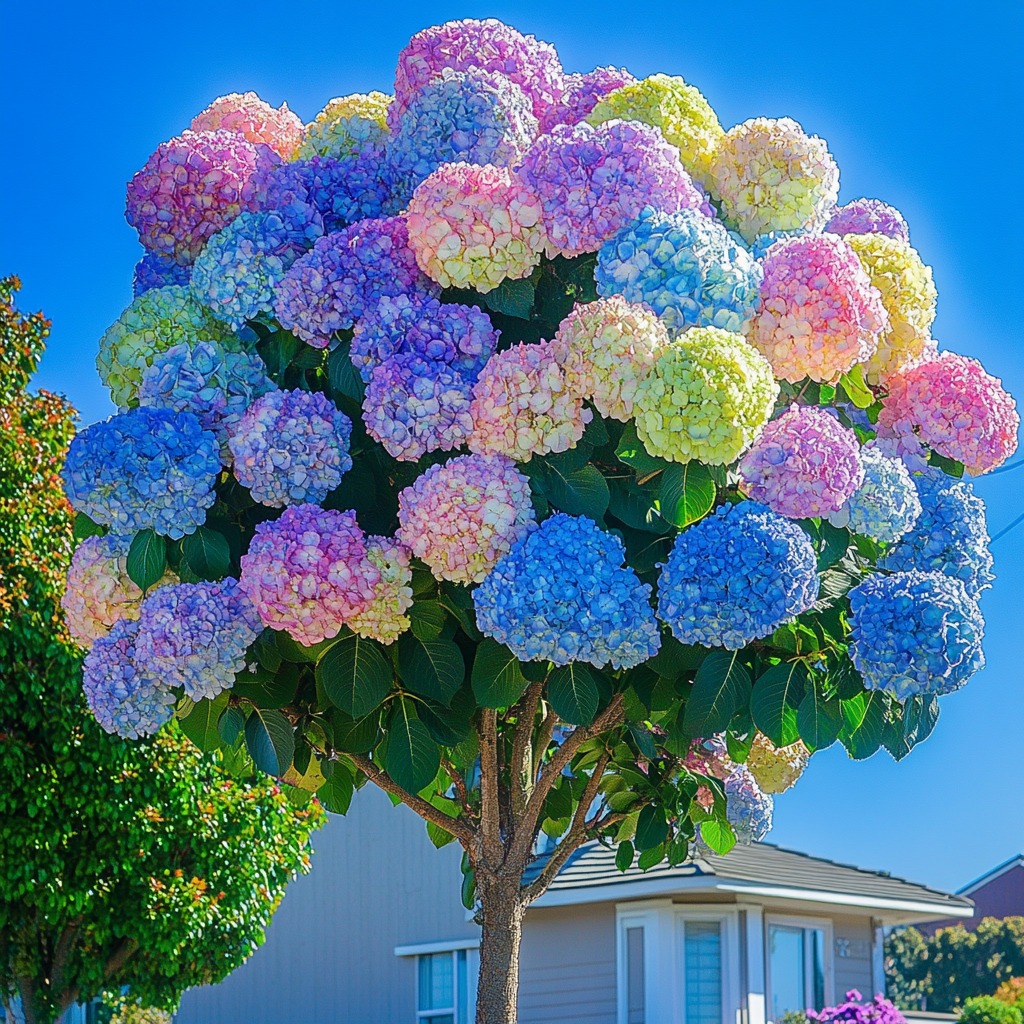
Identifying and Addressing Pest Concerns
Common hydrangea pests, such as aphids or spider mites, can quickly colonize and compromise the health of your plants. By closely monitoring the leaves, stems, and blooms, you can detect the early signs of an infestation and take swift action.
Rather than reaching for harsh chemical solutions, consider incorporating natural remedies like neem oil or introducing beneficial insects, such as ladybugs, to establish a natural balance. These eco-friendly approaches not only protect your hydrangeas but also nurture the overall ecosystem, fostering a thriving, self-regulating garden.
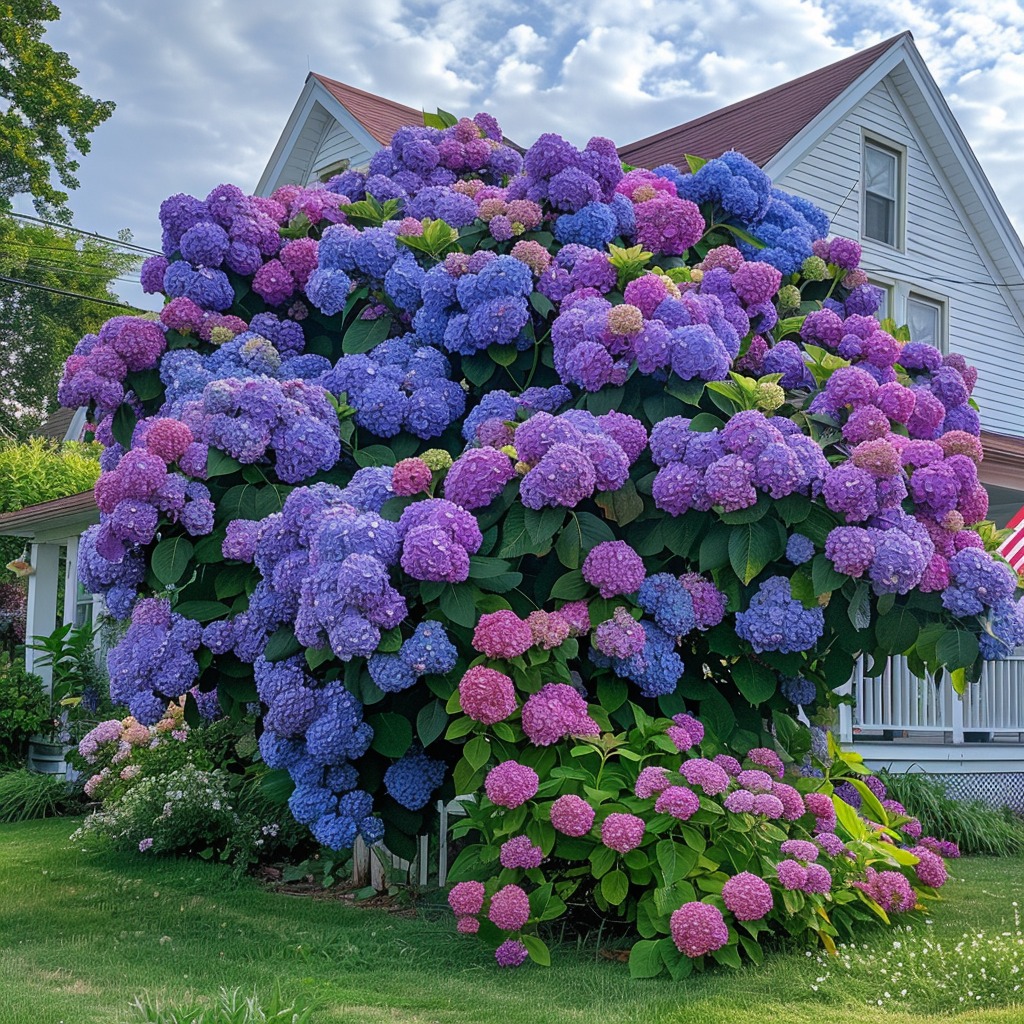
The Art of Observational Gardening
Observational gardening is more than just a practical necessity; it’s a mindful practice that allows you to deepen your connection with the natural world. Imagine yourself as a careful observer, quietly immersed in the rhythms and cycles of your hydrangea garden, attuned to the subtle cues that reveal the plants’ well-being.
As you move through your garden, take the time to closely inspect the leaves, stems, and blooms, noting any changes or abnormalities. This attentive observation not only helps you identify potential issues but also enables you to appreciate the nuances and complexities of these living, breathing organisms.
By adopting a holistic, observational approach to pest management, you can create a thriving, self-sustaining ecosystem where your hydrangeas can flourish, unencumbered by the threats of pests and disease. This harmonious coexistence is a testament to the power of working in harmony with nature, rather than against it.
